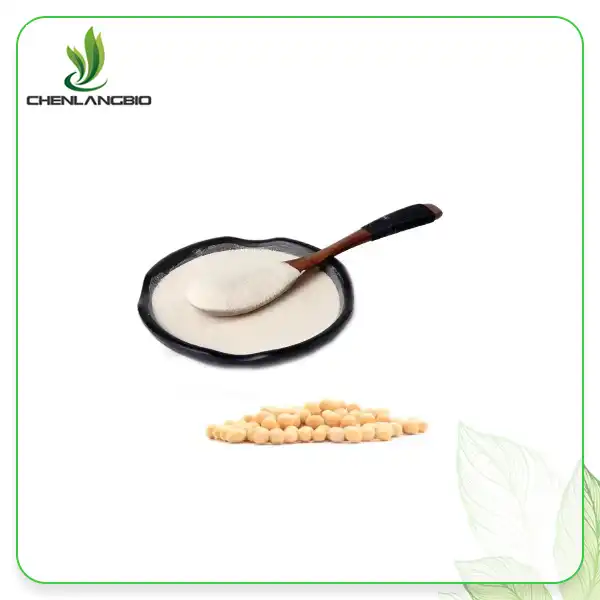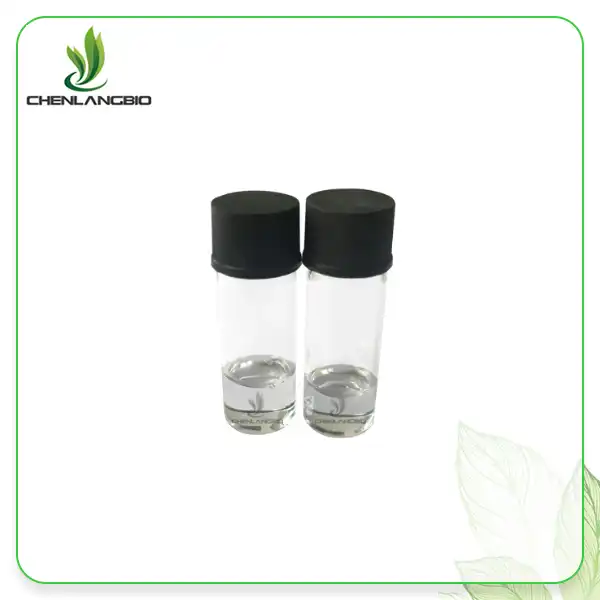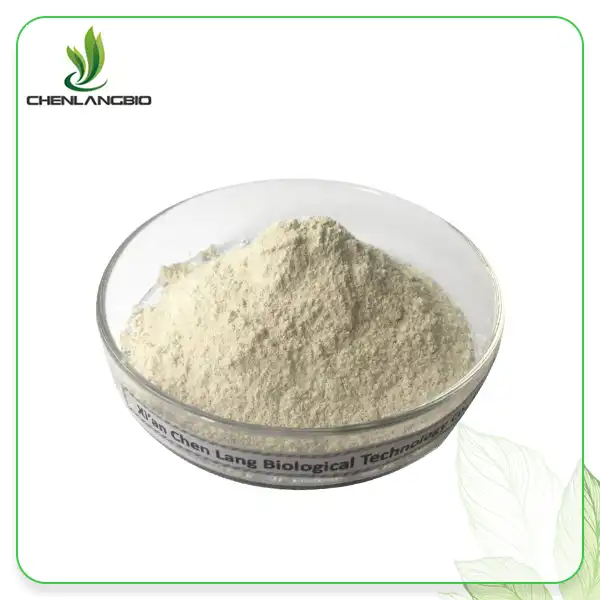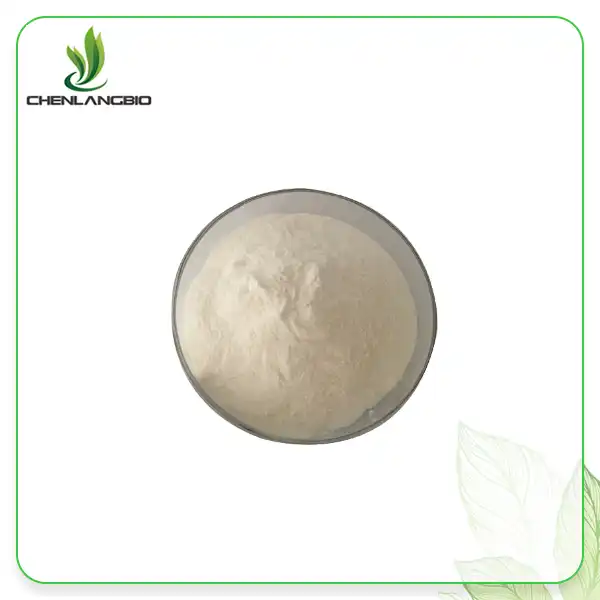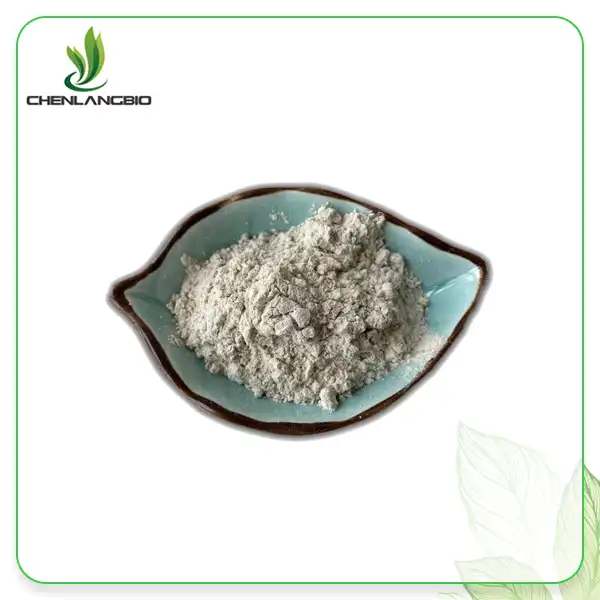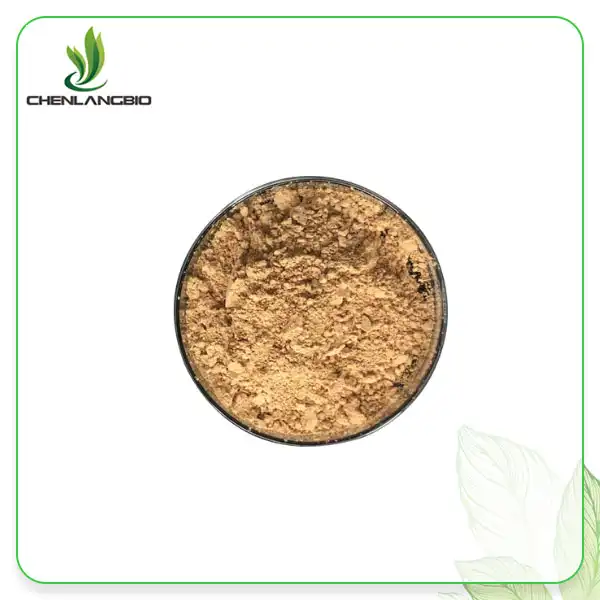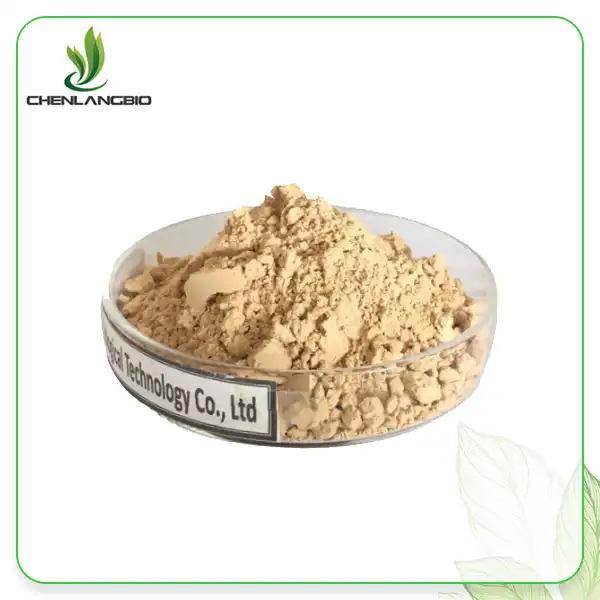Is loratadine Soluble in Water
2024-09-20 15:14:41
Loratadine is a well-known antihistamine widely used to treat allergies. While it’s commonly available in various forms, such as tablets or powder, many people wonder about the solubility of loratadine in water and how this affects its use. In this article, we’ll dive into this question, explore loratadine's chemical properties, and discuss its practical applications, particularly in the form of loratadine powder.
What Is Loratadine, and How Does It Work?
Loratadine is an over-the-counter antihistamine used to alleviate symptoms of allergies, including sneezing, runny nose, itchy eyes, and skin rashes. It works by blocking histamines, which are chemicals the body releases when exposed to allergens like pollen, dust, or pet dander.
· Loratadine Powder: This form is often used in pharmaceutical manufacturing or for compounding. The powder is a more flexible option because it can be mixed with other ingredients to create various forms of medication.
· How it works: Loratadine binds to H1 histamine receptors, preventing histamines from causing allergic reactions. Unlike some older antihistamines, it doesn’t cross into the brain as easily, reducing the likelihood of drowsiness.
Is Loratadine Soluble in Water?
No, loratadine is practically insoluble in water. This characteristic poses some challenges, especially when creating liquid formulations. Let's break down why this is important.
· Solubility in Water: Loratadine’s poor water solubility means that it doesn’t dissolve readily when mixed with water. This is due to its chemical structure, which contains hydrophobic (water-repellent) components. As a result, loratadine won’t dissolve effectively in the digestive tract unless it’s mixed with other compounds that can help enhance its bioavailability.
· Practical Implications: Since loratadine doesn’t dissolve well in water, the powder is typically processed with other ingredients, such as solvents or surfactants, to create liquid suspensions or syrups for children or people who have trouble swallowing pills. The insolubility doesn’t affect its effectiveness when taken in tablet form, as the body can still absorb it after digestion.
How Can Loratadine Powder Be Used in Different Forms?
While loratadine is not soluble in water, this doesn’t limit its usability. Pharmaceutical companies have developed various ways to formulate loratadine powder for different purposes.
· Tablets and Capsules: Loratadine powder is frequently compressed into tablets or enclosed in capsules, which are the most common forms available for consumers. These solid forms provide a convenient way to take loratadine, as they don’t require water solubility for effective absorption. Once ingested, the body efficiently breaks down the tablet or capsule, allowing loratadine to enter the bloodstream and provide long-lasting relief from allergy symptoms, such as sneezing, itching, and runny nose.
· Syrups and Suspensions: For individuals who have difficulty swallowing tablets, loratadine powder can be formulated into syrups or suspensions. This process typically involves mixing the powder with solvents or suspending agents that help make the drug easier to ingest. Even though loratadine is not water-soluble, these formulations allow the drug to be absorbed efficiently in liquid form. Syrups and suspensions are especially useful for children or older adults who prefer or require non-solid medications.
· Compounding: In certain situations, loratadine powder can be compounded by pharmacists into customized formulations. This is often necessary for patients who need specific dosages or alternative forms of loratadine not commercially available. For example, pharmacists can mix loratadine powder with other excipients to create a personalized medication in a liquid, cream, or capsule form. Compounding offers flexibility in treating patients with unique medical needs, ensuring they receive the correct dosage and form.
Why Does Solubility Matter for Medication?
Solubility plays a significant role in how quickly and effectively a medication is absorbed by the body. While loratadine’s lack of water solubility might sound like a drawback, it’s not necessarily a limitation when it comes to its practical use.
· Bioavailability: Although loratadine is not water-soluble, it still maintains high bioavailability, which means a sufficient amount of the drug is absorbed into the bloodstream when taken orally. This property ensures that loratadine remains effective in treating allergy symptoms despite its solubility limitations. Even in solid forms like tablets, loratadine is absorbed efficiently, allowing it to provide relief from allergic reactions such as sneezing, runny nose, and itching.
· Absorption: Loratadine’s absorption in the body is facilitated by the use of excipients, which are inactive ingredients added to enhance drug uptake. These excipients help the body break down and absorb loratadine once it reaches the intestines. Despite its poor water solubility, loratadine can be processed in the digestive system, ensuring that enough of the drug enters the bloodstream to effectively combat allergy symptoms.
· Formulation Technology: Advances in pharmaceutical technology have addressed the solubility challenges of drugs like loratadine. Using methods such as surfactants, emulsions, and other delivery systems, scientists can improve the solubility of poorly soluble medications. These innovations ensure that loratadine, even in its powder form, can be formulated into more easily absorbed forms like suspensions and syrups, enhancing its overall effectiveness and making it suitable for different patient needs.
Conclusion
Loratadine powder is a versatile and effective antihistamine, despite its lack of water solubility. While it doesn’t dissolve well in water, it can be formulated in various ways to ensure it is absorbed by the body, whether in tablet, capsule, or syrup form. Understanding its chemical properties helps us appreciate how pharmaceutical companies overcome these challenges to make loratadine a reliable option for allergy relief. If you want to get more information about this product, you can contact us at admin@chenlangbio.com.
References
1.O’Neil, M. J. (2006). The Merck Index: An Encyclopedia of Chemicals, Drugs, and Biologicals. Merck Research Laboratories.
2.Zamboni, W. C., & Lentz, K. A. (2000). Pharmacokinetics of Loratadine in Children with Allergic Rhinitis. Journal of Allergy and Clinical Immunology, 106(2), 359-366.
3.Kim, K. H., & Kwon, H. J. (2011). Solubility of Loratadine in Various Solvents. International Journal of Pharmaceutics, 409(1-2), 131-136.
4.Ballow, C. H., & Gern, J. E. (1998). The Clinical Efficacy of Loratadine in Seasonal Allergic Rhinitis. Allergy and Asthma Proceedings, 19(3), 137-142.
5.Vyles, D., & Mendez, J. (2012). Comparative Study of Antihistamines: Loratadine vs. Other Agents. Current Medical Research and Opinion, 28(10), 1647-1652.
6.Tammaro, A., & Rizzo, P. (2005). Bioavailability and Pharmacodynamics of Loratadine. Clinical Therapeutics, 27(4), 522-530.
Send Inquiry
Related Industry Knowledge
- What Is Asiaticoside Powder Used For?
- What is D-Luciferin Potassium Salt Used for?
- Is Sodium Ascorbyl Phosphate Good for Skin?
- Pro-xylane Powder: A Guide for Beginners
- Is 4-Butylresorcinol Safe
- What Are the Downsides of Bakuchiol
- Is lysozyme Safe
- What is Hydroxyphenyl Propamidobenzoic Acid Used For
- China Apple Extract Polyphenols Suppliers
- Why We Need to Use Hyaluronic Acid Powder Cosmetic Grade



